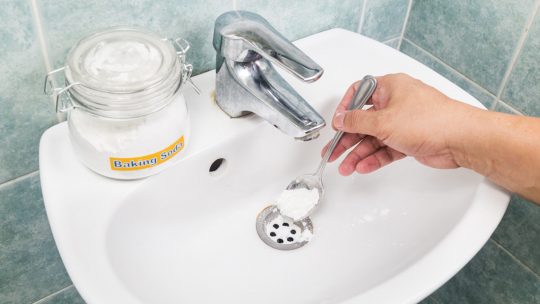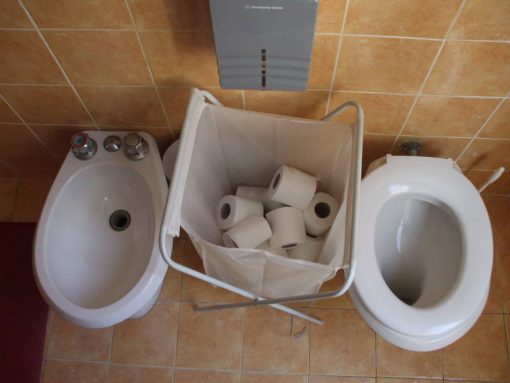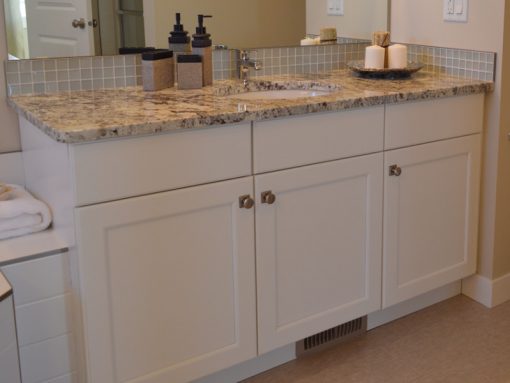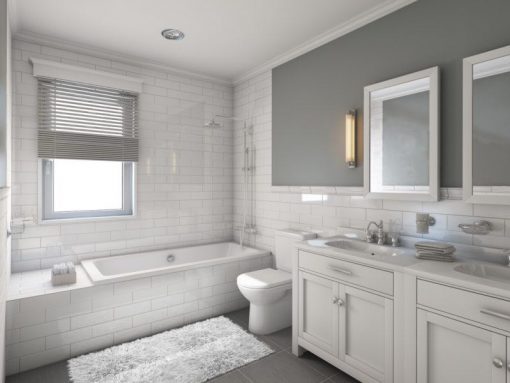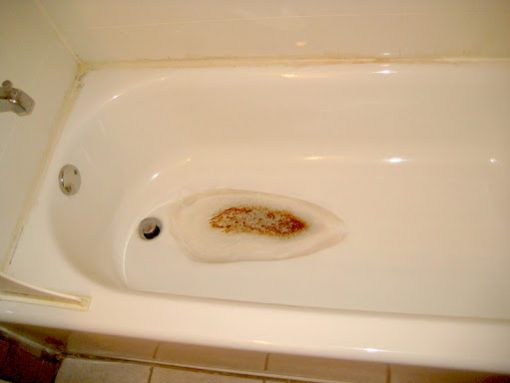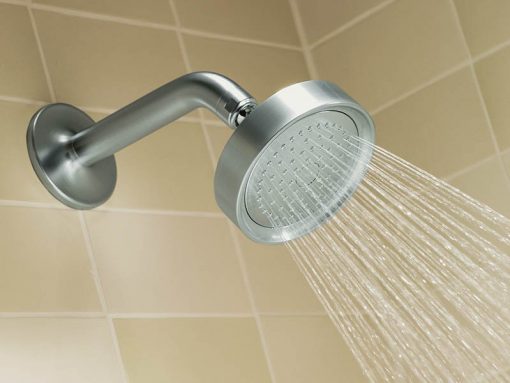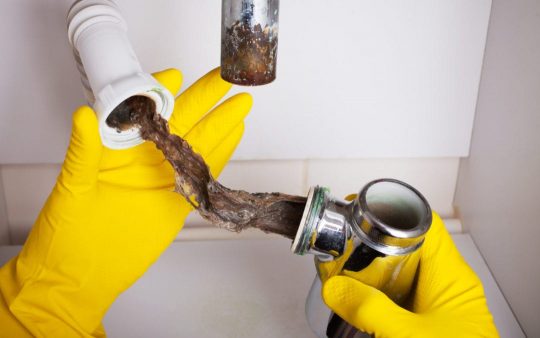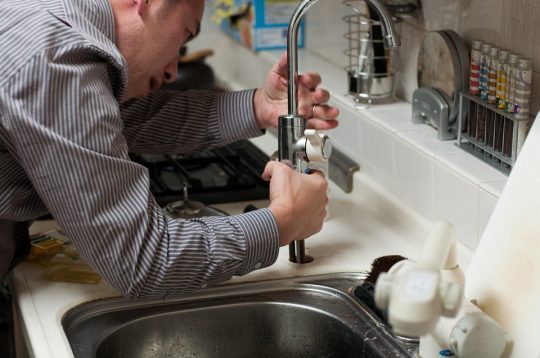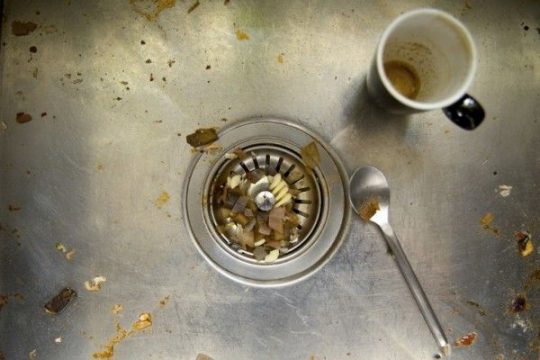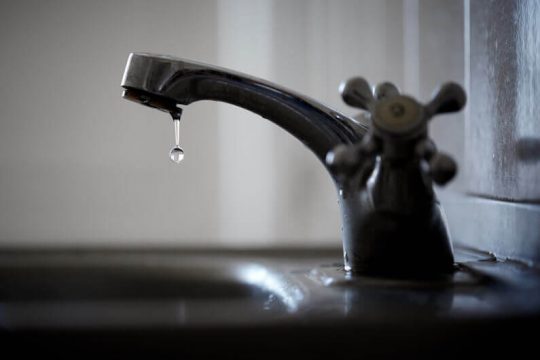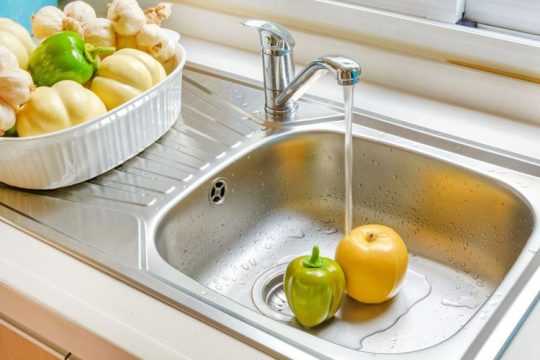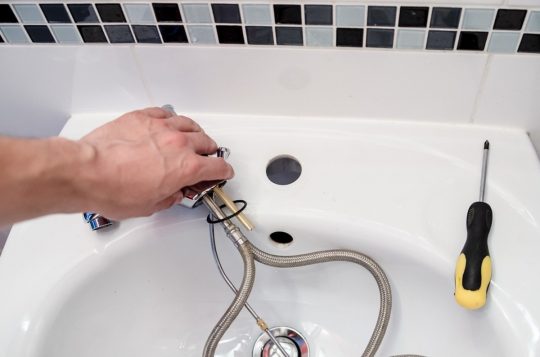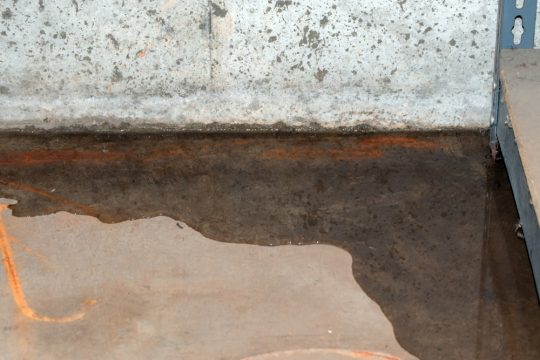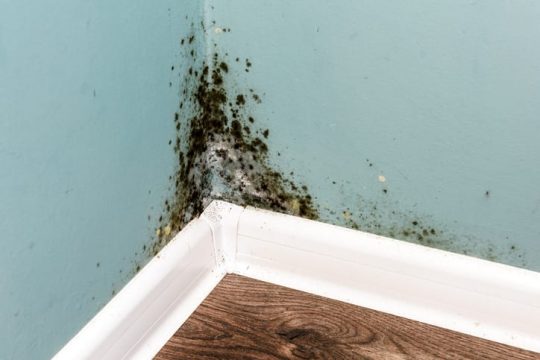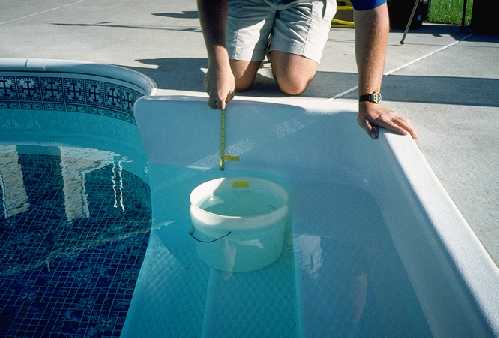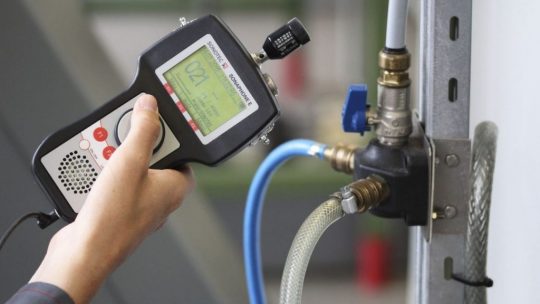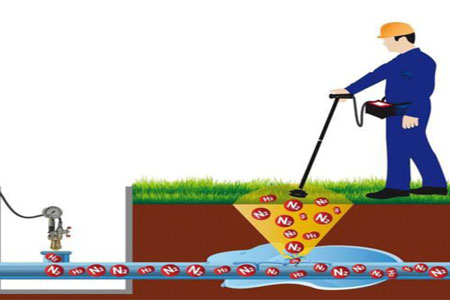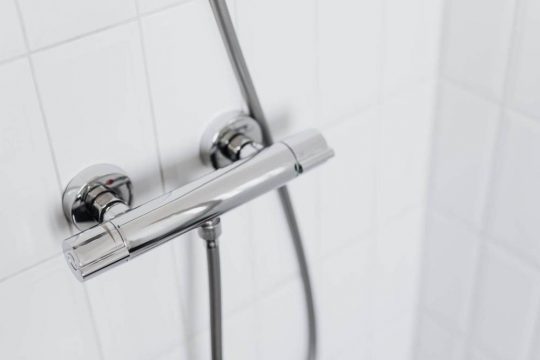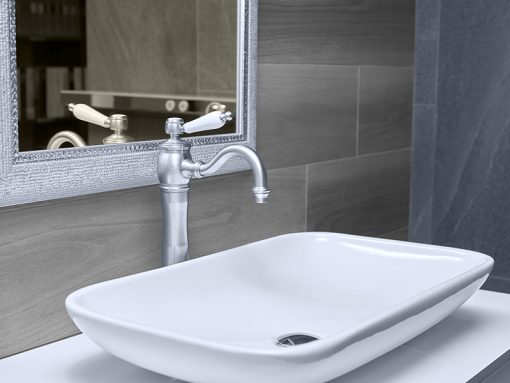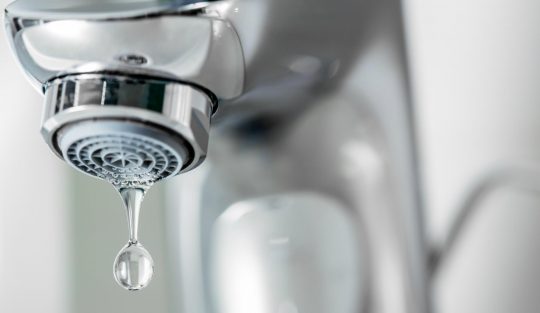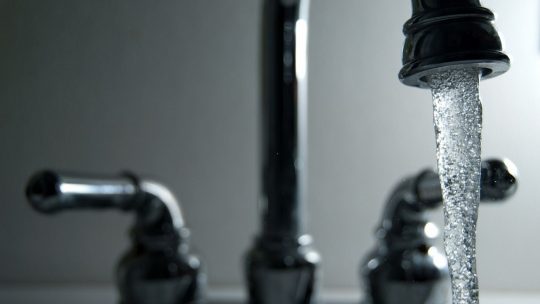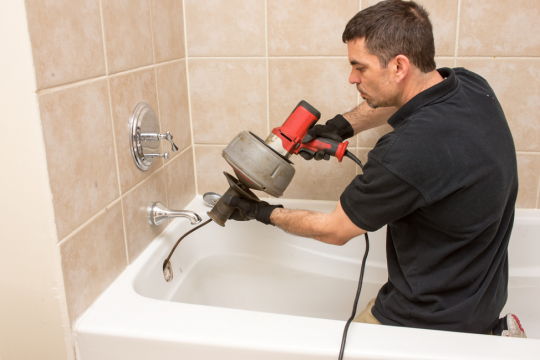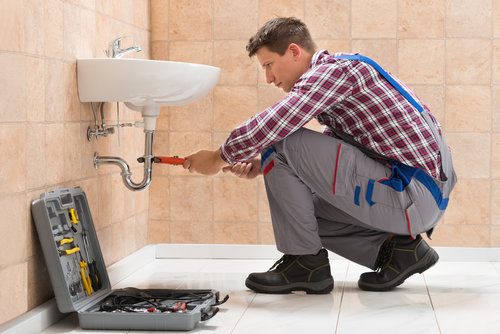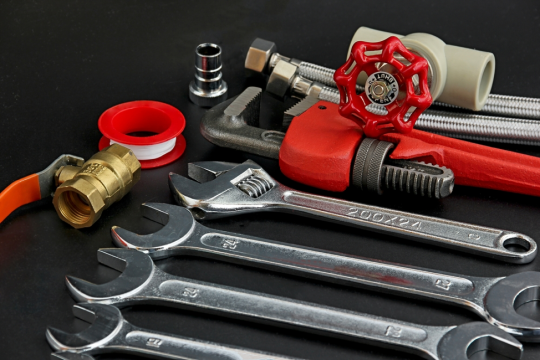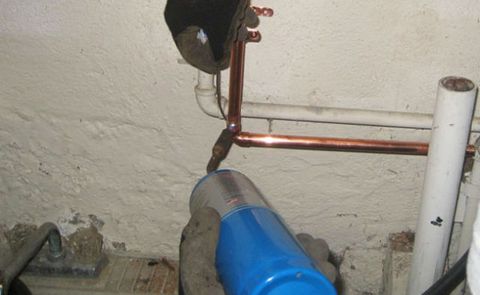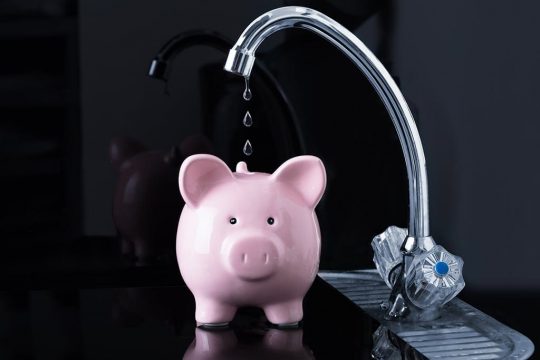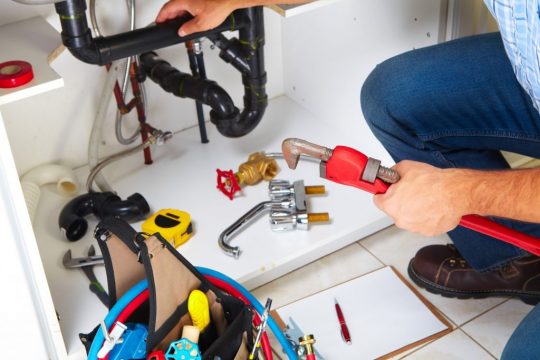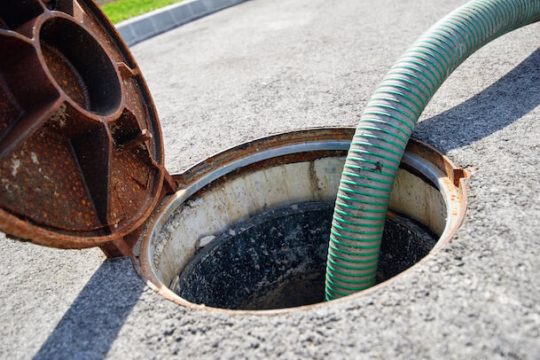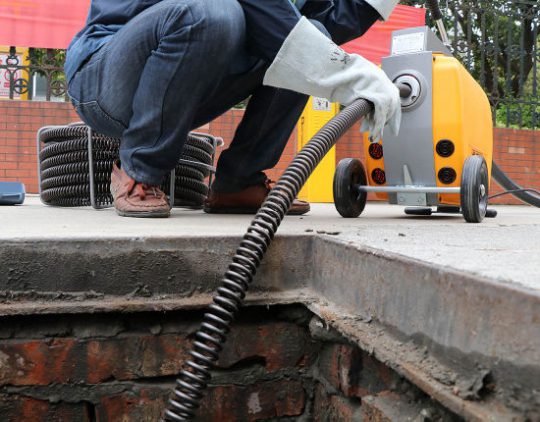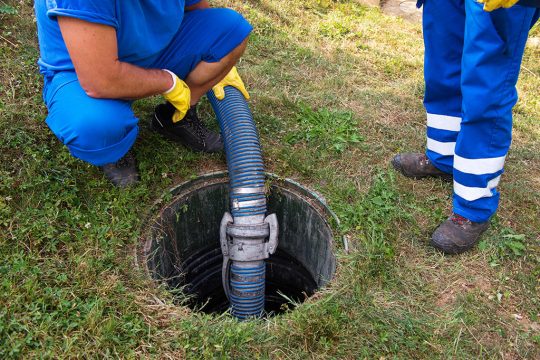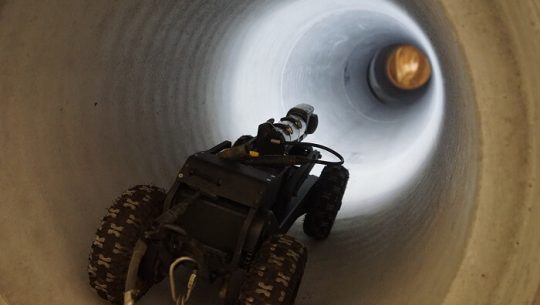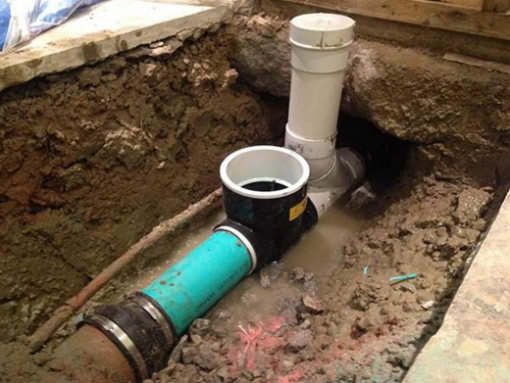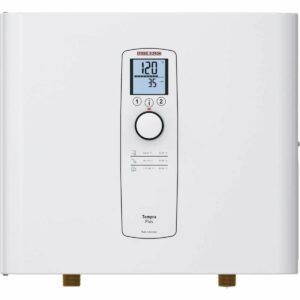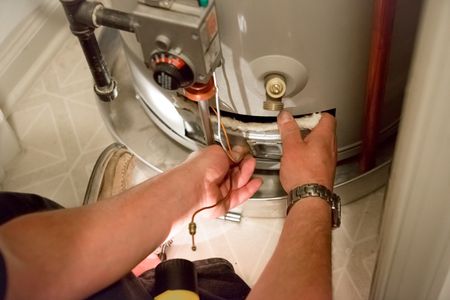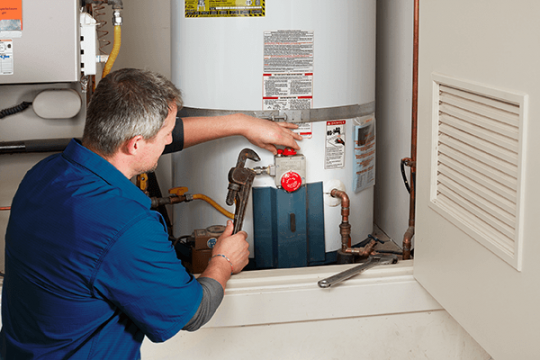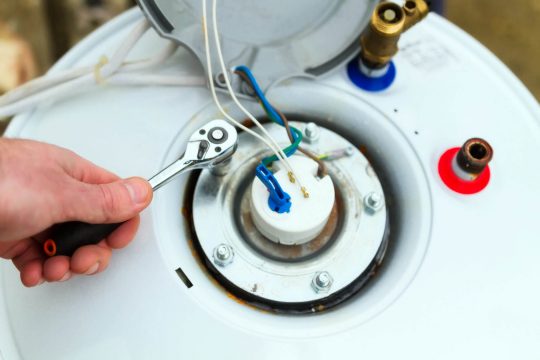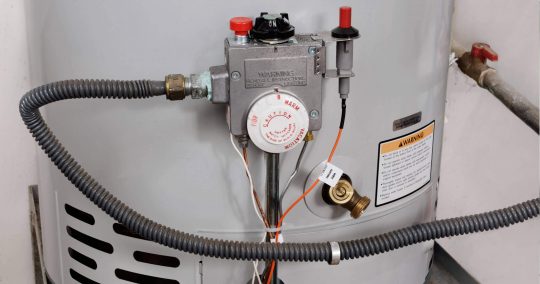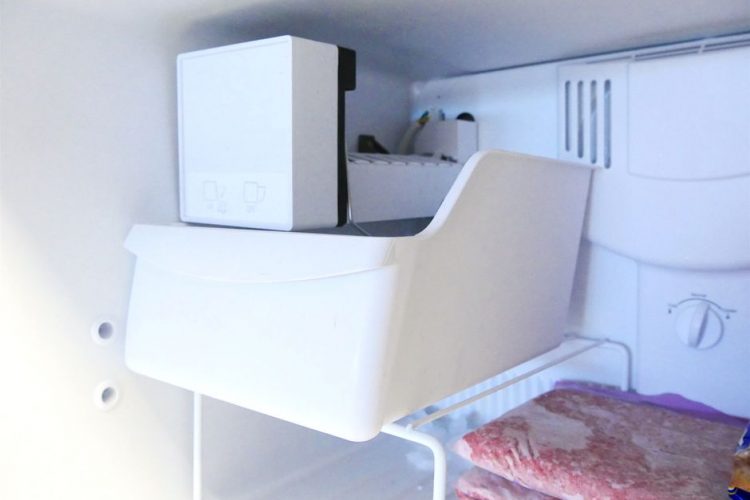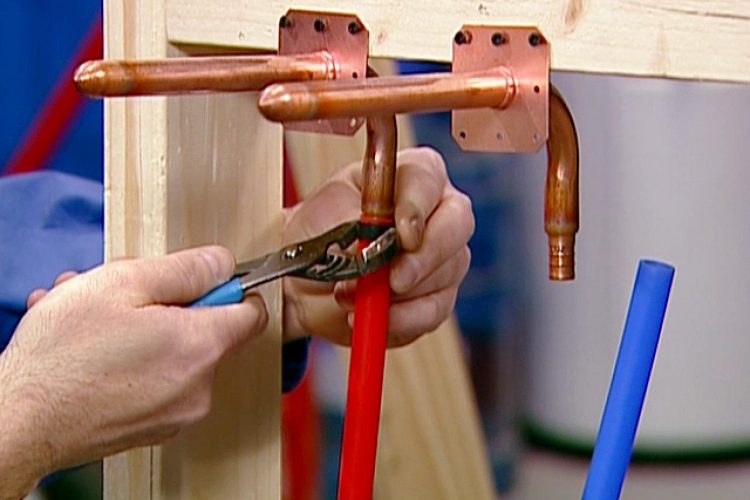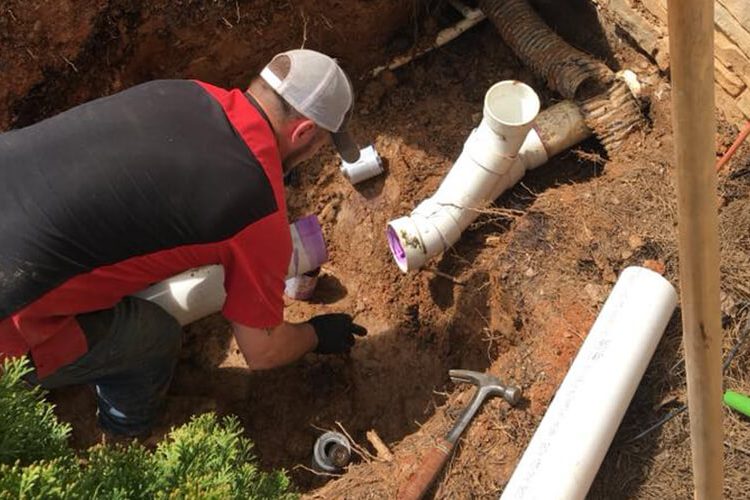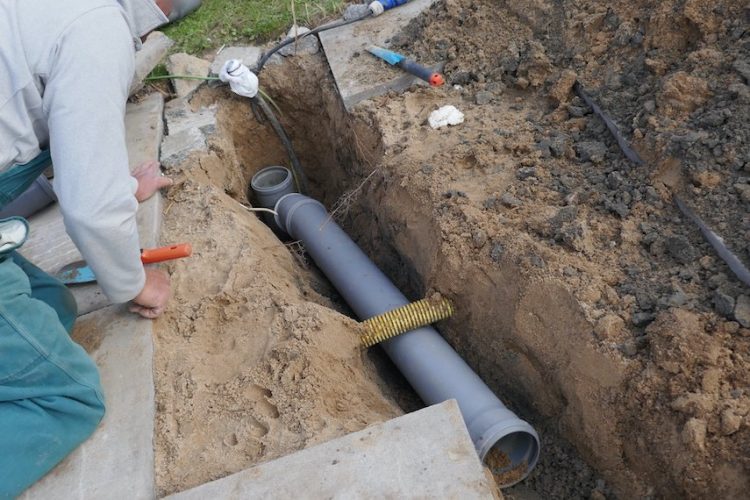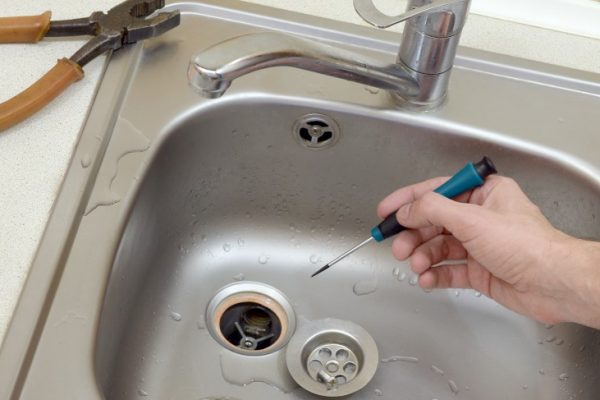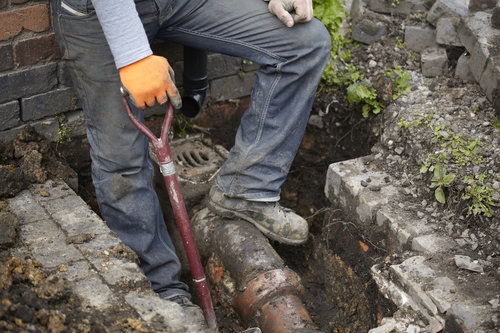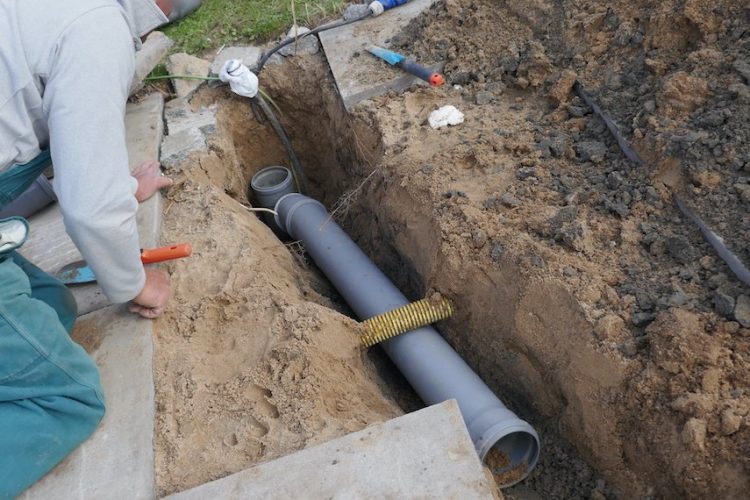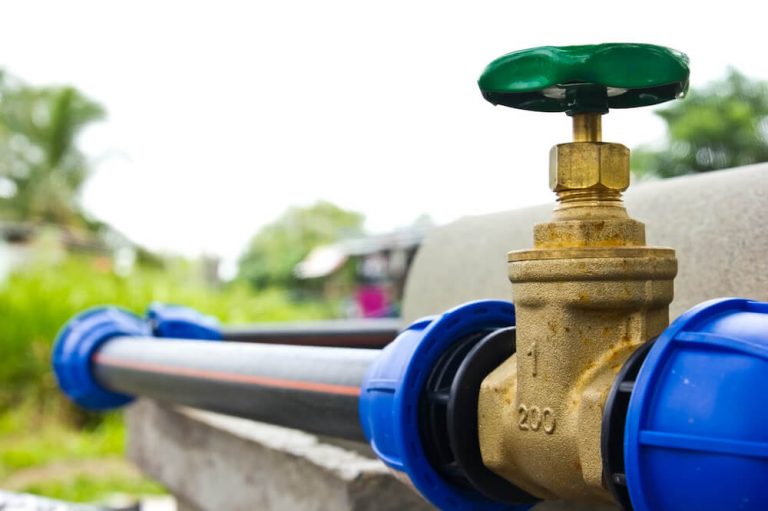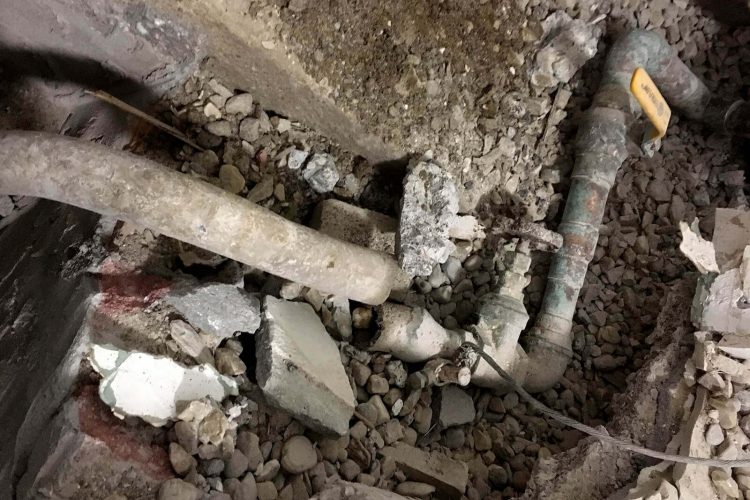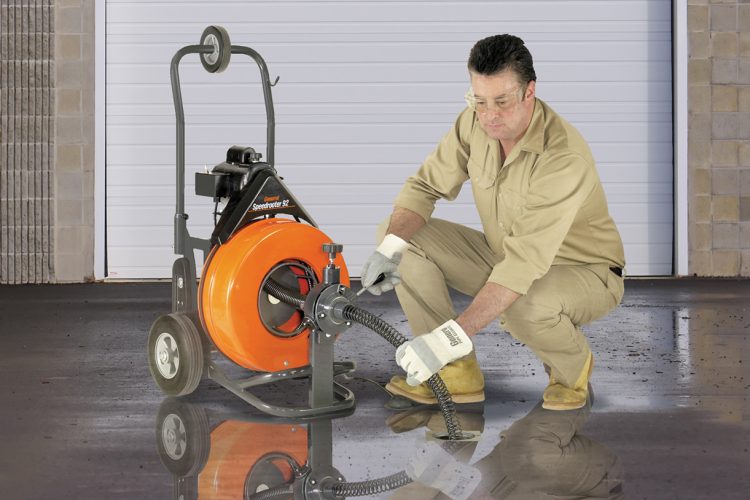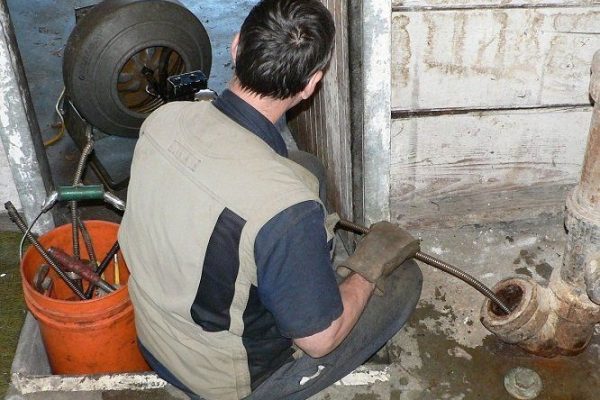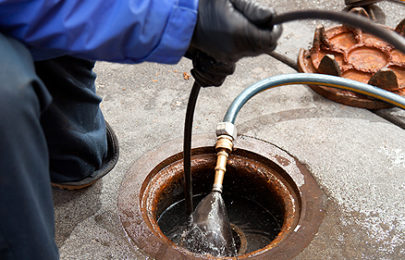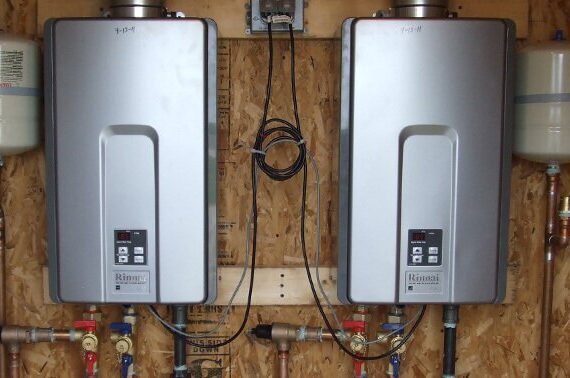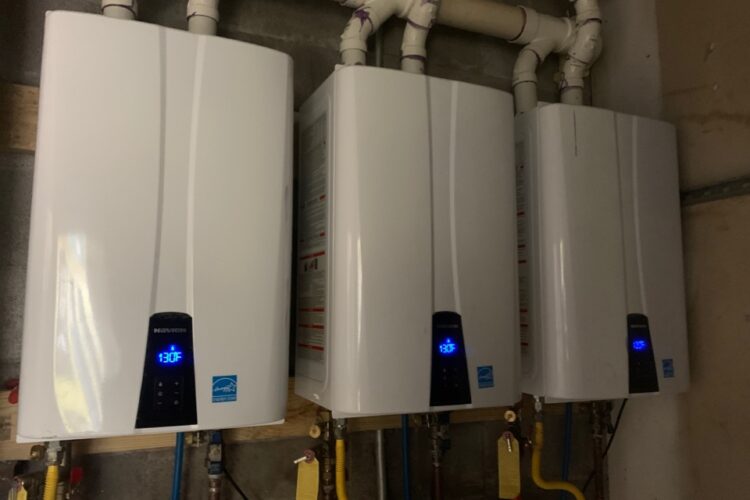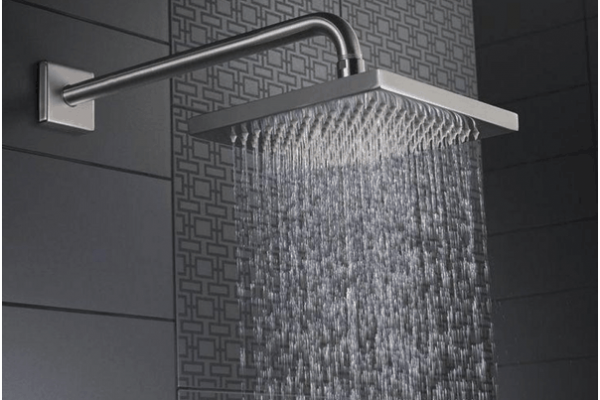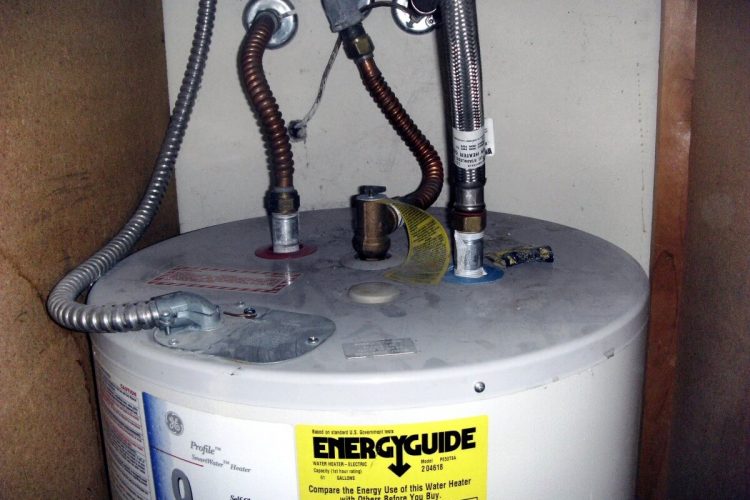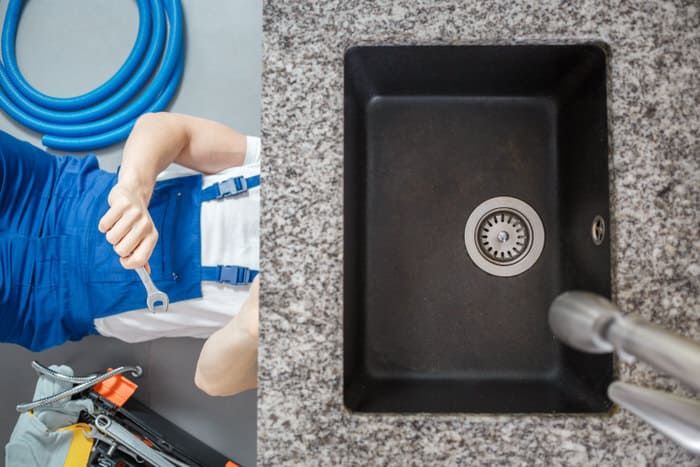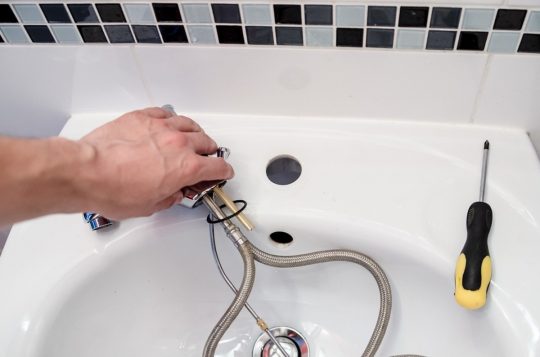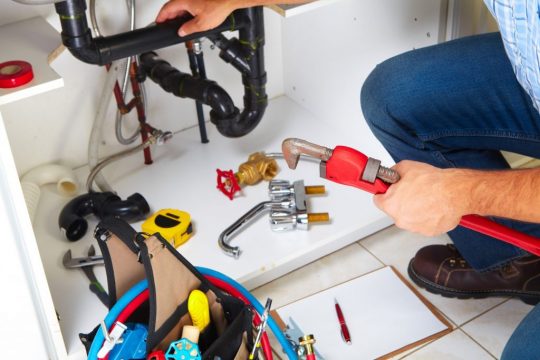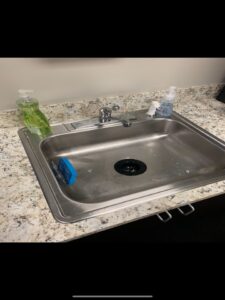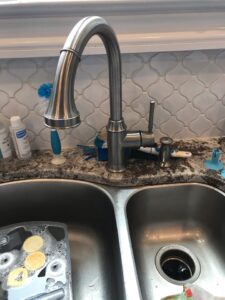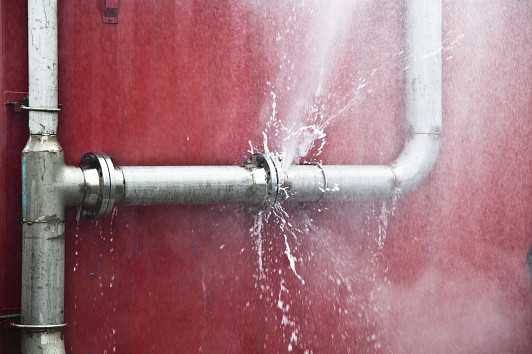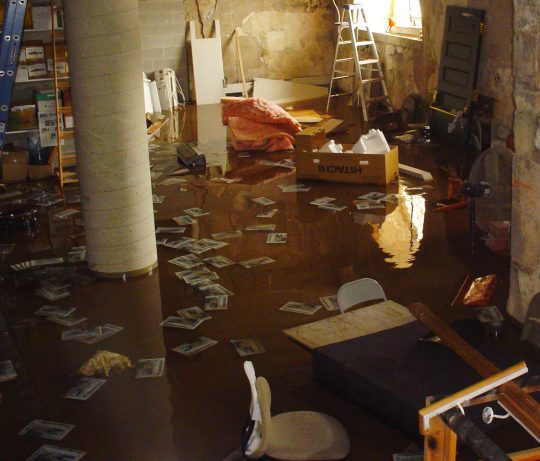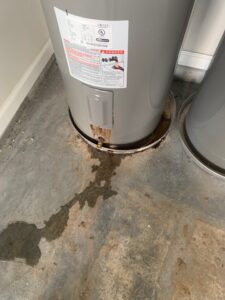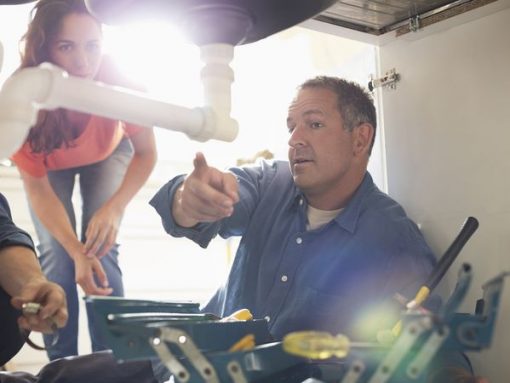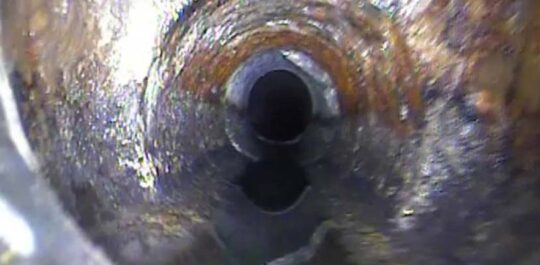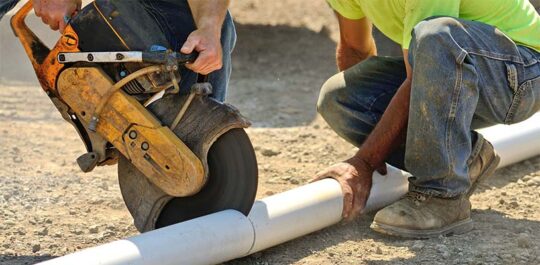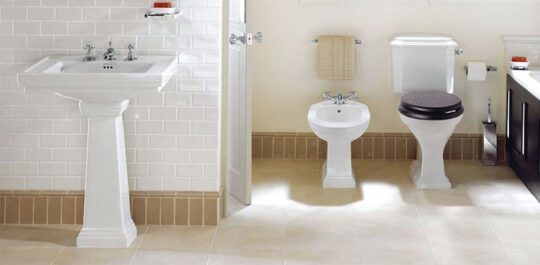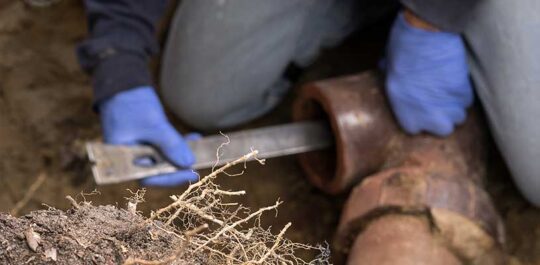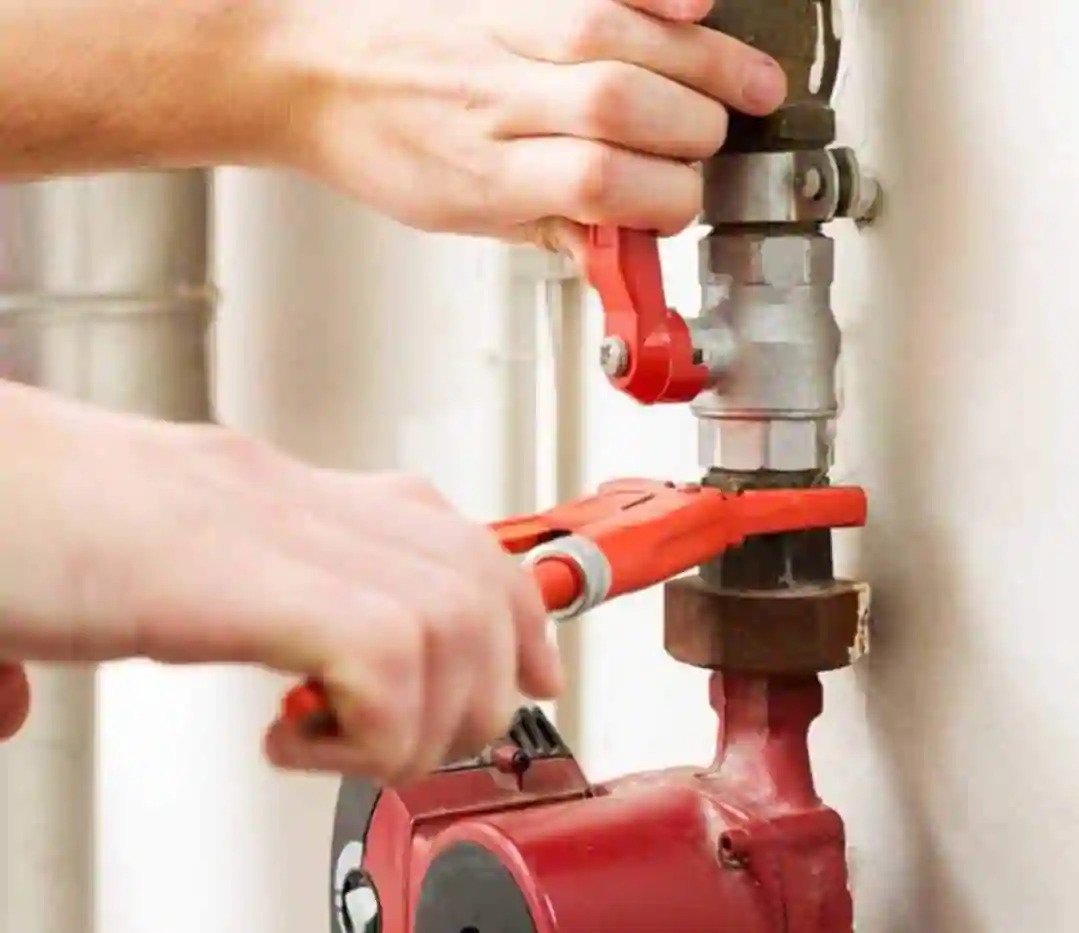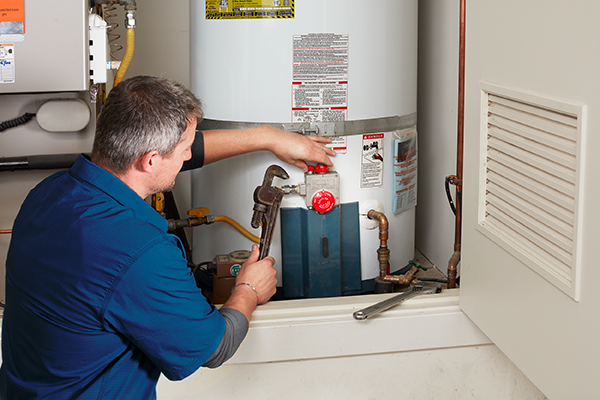Tips for Plugging Your Sewer Line
Disasters, heavy rains, or burst pipes can cause considerable damage to your property, especially if there is a back-flowing sewer. At the best of times, a clogged sewer can pose health hazards, so the last thing you want is for it to flow back into your basement or home. Here at Ridgeway Mechanical, homeowners rely on us to plug their sewer lines in order to alleviate these risks. Plugging your sewer line can help save your property from flooding and sewage backup during disasters, such as floods. This precaution is highly recommended for people who live in flood-prone areas. Stopping the sewer is a tricky process, as there is no shut-off valve. The sewage does not flow out of the home while it is plugged, so you should also shut off your main water supply in order to prevent faucets from running or toilets from being flushed for the time being.
Now, let’s take a look at how you can plug your sewer line:
Purchase a Sewer Test Plug
As you’ve learned in boy scouts, you need to come prepared. In this case, you need to prepare ahead by buying an inflatable sewer line test plug. Ensure that the test plug matches the size of the main sewer pipe, which is usually 3-inches. Single-diameter plugs without bypass ports are cheaper. Also buy a hand-pump, if you don’t have one already. You will need this to inflate the plug. The single-diameter plugs use a bicycle pump. Floor drains running from basements are often located after the main cleanout, and require a different sized plug. That means that you would need a 1.5-inch plug for the floor drain and a 4-inch plug for your main sewer. The same pump should suffice. You may be able to find a test plug at your local hardware store, but also check a plumbing store. If you can’t find it locally, look online.
Locate the Main Cleanout
You will need to find the main cleanout that runs from your home to the municipal supply in order to efficiently plug the sewer. There should be no drains after the cleanout, but if there are, you will have to plug them individually.
Inform the Household
Notify everyone in the home that you will be plugging the drain, and explain that they won’t be able to use water. Be sure to collect sufficient drinking and potable water, and make arrangements for toilet use.
Turn Off the Main Supply
Ensure that the main supply is shut off in order to prevent running water down the drain you intend to plug.
Remove the Cleanout Cap
The cleanout cap is located at the top of a y-shaped drain pipe. Use a pair of pliers or a large wrench to remove the cleanout cap.
Attach Rope to the Plug Bracket
Tie a rope securely to the sewer plug bracket. This can be used later to retrieve the plug from the sewer pipe later when the flooding backflow risk has subsided.
Insert the Plug
Insert the uninflated plug into the sewer, past the connecting pipes, and in the direction of the normal sewage flow.
Inflate the Plug
Using your bicycle tire pump, inflate the plug. As the plug expands, the sewer will be plugged, stopping any backflow. This process should be repeated for all main drains. Need help? Ridgeway Mechanical offers a wide range of drain and sewer line services, and we can help you to plug your sewer lines to help avoid flooding of sewage, which can damage your property. Call us today!

